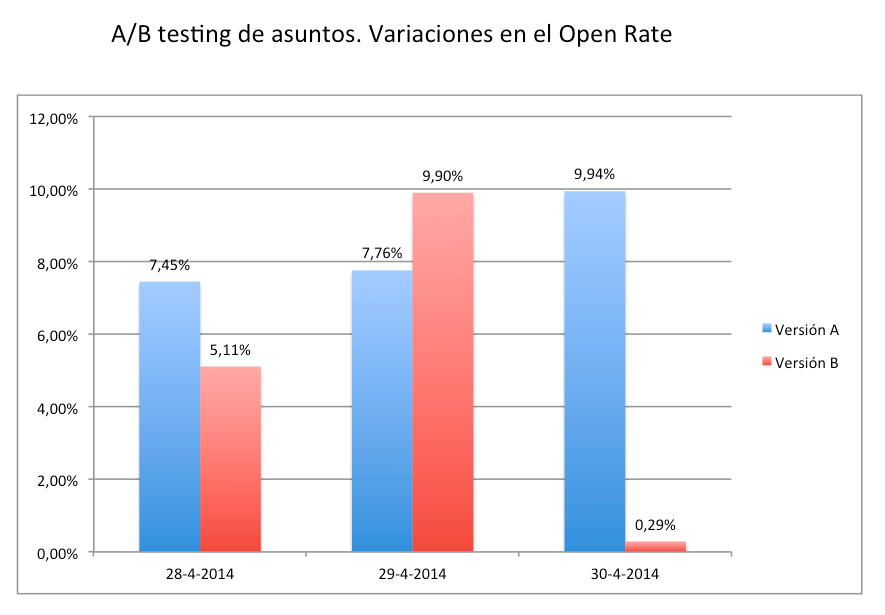Email Marketing Example: Reactivation strategies for inactive segments in Email Marketing
In this post we want to share a possible approach to a reactivation strategy and the results obtained from a real case. The context is that of a pure player whose only sales channel is its e-commerce.
BACKGROUND
The client, with a base of more than one million registered users, found that around a third of them were inactive users. These users met the following criteria: they were not buyers and had never opened an email marketing campaign.
There were two main effects that could result from continuing to impact such a large number of inactive users:
- Firstly, it was eroding the sender reputation. Having such a high percentage of users who have been receiving emails for more than a year without opening them is a practice that ISPs penalise.
- Secondly, there could be users who were effectively no longer interested in the brand's offers and therefore did not open the emails, while others had simply developed the habit of just reading the subject lines, although they maintained a latent and less accentuated real interest. Not "targeting" this segment of users directly represented an opportunity cost.
STRATEGY
We therefore decided to develop the following reactivation strategy.
The first thing that was done was to classify the inactive users into Sleeping and Inactive. The former were users who met the inactivity criterion and whose registration in the database had taken place within the last 12 months. The Inactive universe consisted of users who met the inactivity criterion and whose registration date was prior to the last 12 months.
![]()
The rationale behind this segmentation is that there is a direct and proportional relationship between recency and response propensity. In other words, the more recent the user's last interaction with the brand, the more likely they are to respond to a call to action and vice versa.
This differentiation made it possible to create two different types of messages adapted to the reality of each of the groups. Since the Sleeping users' registration was more recent, we thought it would be more interesting to reactivate them through the use of an incentive on their first purchase. Thus, two versions were created for the Sleeping users: an incentive of a €10 discount on the online purchase and another with a saving on shipping costs (in both cases a minimum purchase was required to enjoy the incentive). The content prepared for inactive users consisted of an email asking the user to indicate whether or not they wished to continue receiving email communications. In a sense, the reactivation action on inactive users was a "re-optinisation" action.
Having defined the segments and the content to be sent to each of the groups, the next step was to establish a delivery schedule. Since we expected very low open rates given the nature of the base, the reputation of the sender could be compromised. With this in mind, we decided to limit the volume of mailings to no more than 25,000 emails per day.

In a third phase, the design and implementation of a testing systematics in order to determine which topics generated the highest open and click-to-open rates.
Testing was essential to improve the results obtained at the end of the reactivation project. Thus, in some cases, an increase in openings of up to 770% was achieved thanks to the testing, which in absolute values meant reactivating a large number of inactive users. In this sense, all the learning obtained in the initial phases of the project allowed us to rapidly improve the open and click-to-open ratios in subsequent phases.
RESULTS
Reactivation rate: 5,89% of inactive users
Another remarkable aspect of this action was the learning, thanks to A/B testing, of how different orientations of the calls to action affected the user's behaviour. This learning has served to optimise the results of subsequent mailings.